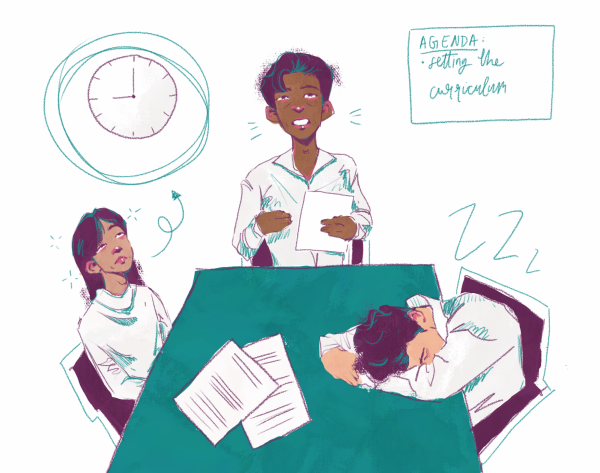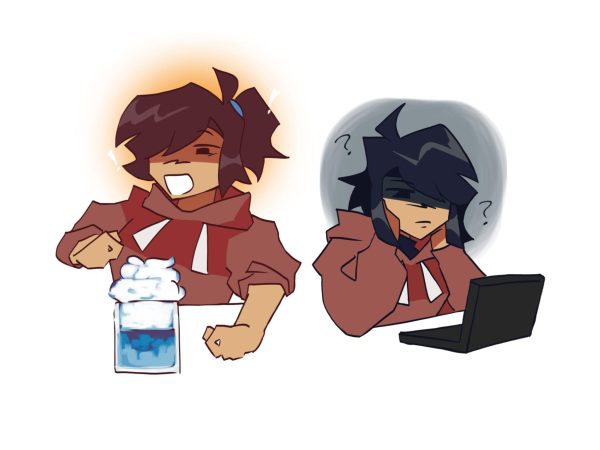Issues persist after Paly Unity Day
Poor publicity creates little participation and understanding
Coutesy of Shutter Shock
Bullying is a pervasive issue and Paly is not doing enough to prevent it.
Bullying is an important issue that affects students at all schools across the nation. Thus, it is crucial to raise awareness in order to combat this reality that too many students face in their everyday lives. Palo Alto High School participated in Unity Day on Oct. 23 in an attempt to join the campaign against bullying. Paly’s Unity Day aims to take a stance against the harmful effects of bullying — the National Bullying Prevention Center states that the aim of Unity Day is to create a day in which “everyone can come together — in schools, communities, and online — and send one large orange message of support, hope, and unity.”
At Paly, one of the main objectives of Unity Day seems to be encouraging students to wear orange to school — or at least that’s what all the posters and posts on Facebook advertised.
“I feel that all I heard about Unity day beforehand was to just ‘wear an orange shirt’ instead of promoting what the event was actually about,” junior Elias Fedel said. “I didnt even know it was about bullying until afterwards.”
It is imperative that students are made aware of the effects of bullying, and to do so, participation in Unity Day is necessary — in fact, the main appeal of Unity is “the unite against bullying.” However, participation and this critical unification is impossible when there is a strong lack of understanding of what Unity Day is and what its true goals are. Paly did very little in the dissemination of information about Unity Day and underscored the aspect of wearing orange over the actual reasons for wearing orange and the intentions of Unity Day’s campaign.
Unity Day advisor Eric Bloom also recognized the lack of publicity that preceded the event.
“What could we do better?” Bloom said. “Communicate to students and student journalism the value of what it is we’re trying to do.”
If the aim of Unity Day is to “send one large orange message of support, hope and unity,” it’s evident that just advertising to wear orange to school does not accomplish this objective. While Paly encouraged its students to wear orange in order to raise awareness for bullying, solely wearing orange is not effective in the campaign against bullying. There were no conversations initiated about the issue of harassment or bullying, and furthermore, the lack of awareness for Unity Day and its goals lessened its effectiveness to many Paly students.
The National Bullying Prevention Center suggests “[creating] a visual Unity statement… [such as allowing] students [to] write a message on an orange strip of paper” and “[holding] a classroom unity discussion” as activities to participate in during Unity Day. Paly did neither of these, which both bring much more awareness and discussion about the issue of bullying than solely wearing orange, passing out unity ribbons and signing a petition do. If Paly wants its students to take the issue of bullying and Unity Day itself more seriously, it needs to advocate better activities that may actually elicit change in the campaign against bullying.
While it is important for Paly to organize events in order to promote effective change against bullying, it is equally as important for students to participate once publicity and these activities have been created.
In the past, ASB has publicized and effectively promoted events and activities — and yet, in these cases, students still have seemed disinterested and apathetic to important issues.
Therefore, as a whole, the combination of students’ willingness to contribute to events such as Unity Day, as well as Paly’s effective publicity and creation of activities, is necessary so that Paly’s student body is able to take a stance against both bullying and other issues that are prevalent in today’s age.
Looking towards Paly’s annual Not In Our Schools (NIOS) Week, another event at Paly that promotes unity against issues in society such as gender equality, bullying and harmful stereotypes, there must be more awareness preceding the event in order for it to make a larger impact on students and attract participation. Last year, activities were held at brunch and lunch during NIOS, something that was successful for its appeal to students as well as for its ability to initiate conversation about serious topics.
These aspects, along with students’ genuine effort to contribute to activities, are crucial to successfully uniting students — and if these occur, Paly will have much more strength in combating important and significant issues in society today.
Your donation will support the student journalists of Palo Alto High School's newspaper












